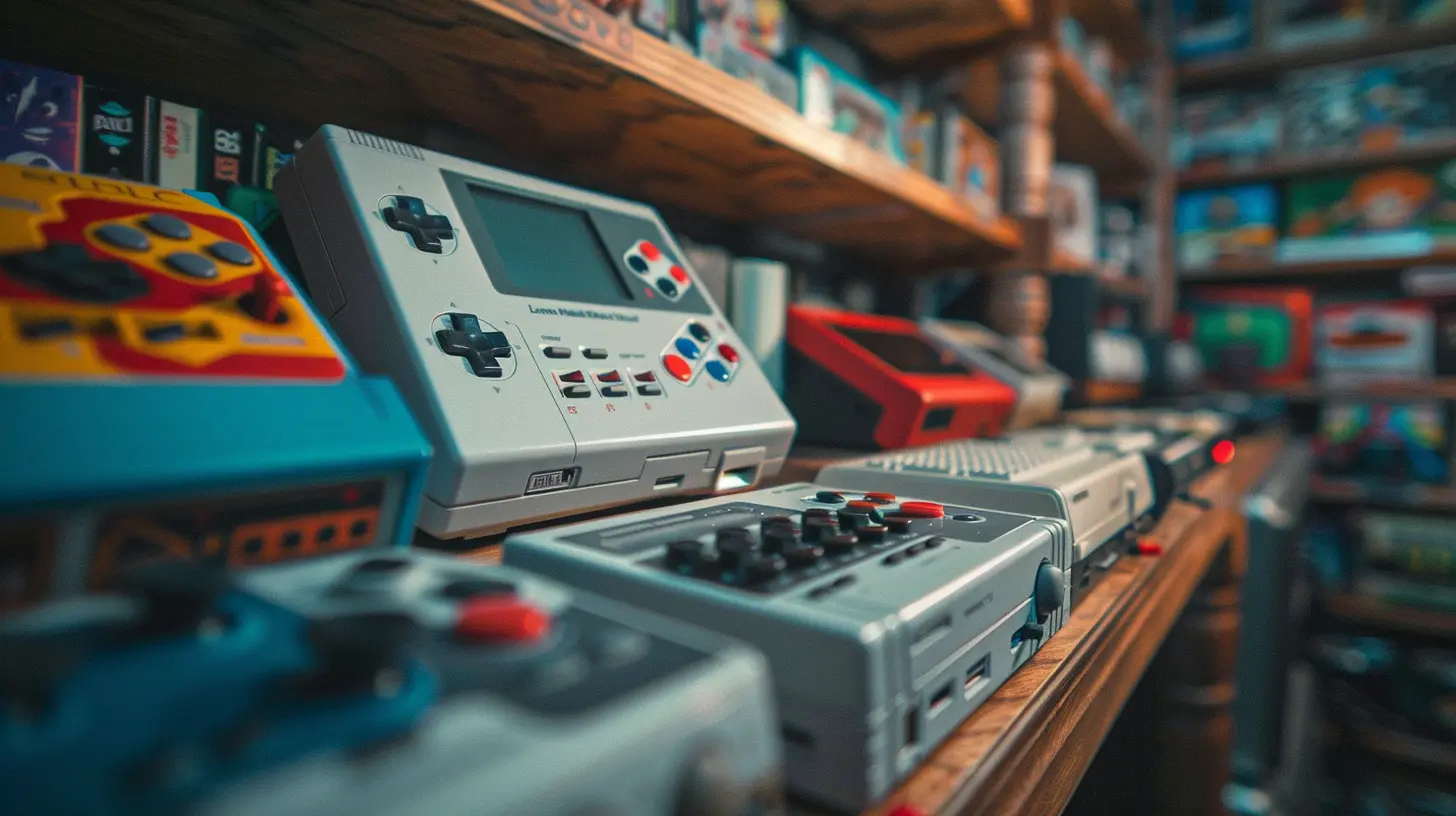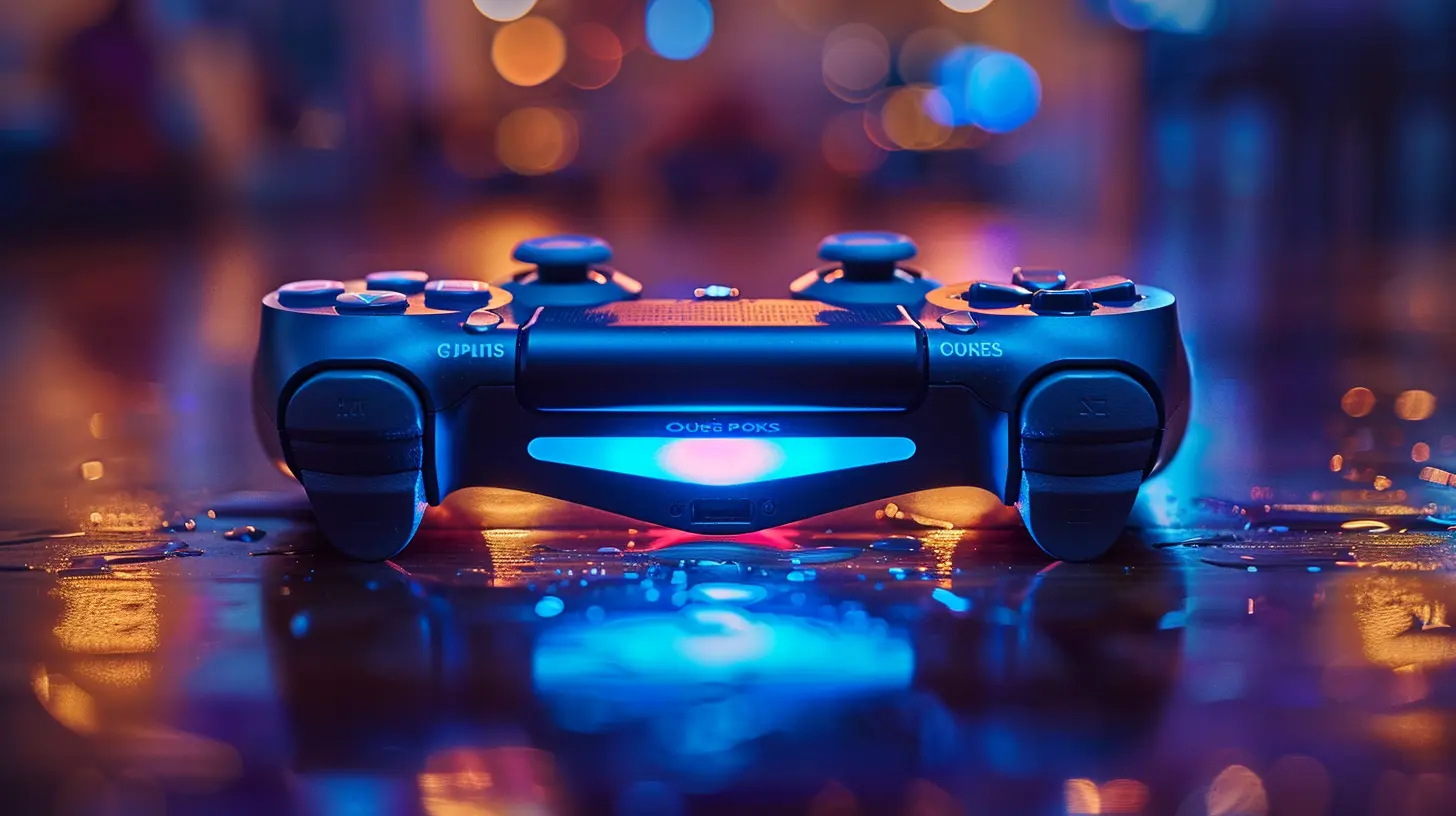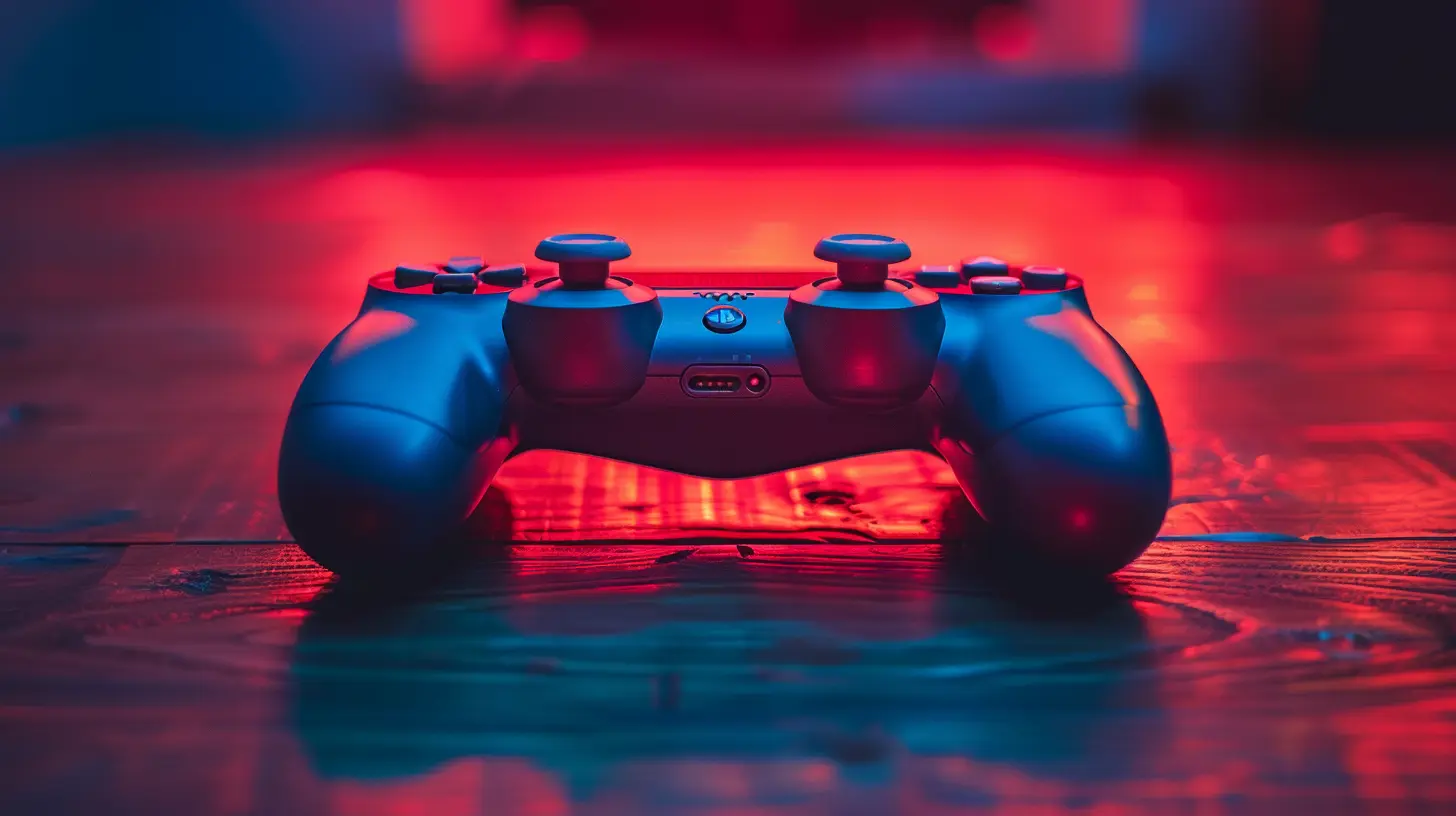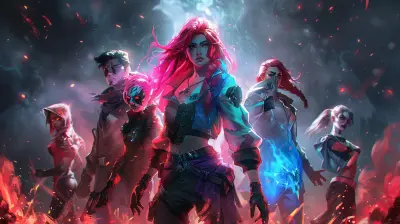The Secret Sauce Behind Long-Lasting Consoles
18 September 2025
Let’s talk about gaming consoles. You love them, I love them—it’s where some of our best gaming memories were made. But have you ever wondered why some consoles seem to stick around forever while others fade faster than a free trial of Xbox Game Pass?
Seriously, think about it. The PlayStation 2 is still kicking around in people’s living rooms, despite launching in 2000! Meanwhile, other consoles crash and burn within a few short years. So, what’s the secret sauce? What makes certain consoles long-lasting legends while others collect dust in gaming graveyards?
Well, strap in. We're diving into the delicious recipe behind a console’s longevity—and no, it’s not just luck.
The Backbone: Hardware That Doesn’t Quit
Okay, let's get real. A console may have a stunning UI or awesome exclusives, but if the hardware is garbage? You're gonna have a bad time.🔧 Build Quality is Everything
A console built like a tank? That’s a win. Take the original Xbox. That thing was a beast—literally. Sure, it was bulky, but it was built to last. The PS2? Slim or original, it didn’t matter—it was durable and didn’t overheat every other week.It’s like buying a pair of good boots. Yeah, you could go with the cheap ones, but a well-made pair? They’ll last you years. Same goes for consoles.
🧠 Smart Design Choices
You ever wonder why the Nintendo Switch is still going strong? It’s not just about being able to play in bed (though that helps). It’s the smart use of hybrid gaming. Instead of chasing flashy specs, Nintendo focused on versatility. That’s a big reason behind its staying power.
The Magic Touch: Games That Keep You Coming Back
Ah yes, games—the lifeblood of any console. You can have top-tier specs and tech, but if your game library is meh, no one’s sticking around.🎮 Exclusive Titles That Hit Hard
Let’s be honest: exclusive games are the heavy hitters. The reason the PS4 dominated? Titles like God of War, Spider-Man, and The Last of Us Part II. These weren’t just great games—they were console sellers. They gave gamers a reason to stay.And Nintendo? Man, they’ve got that magic formula down to a science. Legend of Zelda, Mario Kart, Animal Crossing—all timeless titles with MASSIVE replay value.
🕹️ Backward Compatibility Matters
You know what's annoying? Buying a new console and realizing your old games won’t run on it. That’s a deal breaker for some folks.Enter Xbox. Microsoft absolutely nailed it by keeping backward compatibility alive across generations. This single feature keeps older consoles—and their libraries—relevant far longer.
🔄 Constant Game Library Updates
If a console’s getting fresh content regularly, gamers stick around. Simple as that. Whether it’s updates, remasters, or indie gems, a constantly evolving library keeps the system feeling alive.
Firmware Love: Updates That Actually Improve
Raise your hands if you’ve ever bought a product and seen it get worse with updates. Yeah, not fun.Now think about consoles that evolve over time. Sony and Microsoft have rolled out massive system updates that added new features, improved UI, and even enhanced game performance.
Consoles that get better as they age? That’s next-level value.
The Players: A Thriving Gaming Community
Let’s not underestimate the power of the community. A console without a loyal following is like an empty arcade—just sad.🌍 Online Multiplayer & Communication
Xbox Live changed the game. It wasn’t just about playing—it was about playing together. Parties, voice chat, leaderboards—it created a genuine sense of community.Add in Twitch streaming, shared screenshots, and Let’s Plays, and you’ve got a console that’s more than just hardware—it’s an ecosystem.
🛠️ Modding & Homebrew Scene
This one’s lowkey but important.Some consoles, like the PS Vita or the OG PlayStation Portable, gained cult-like followings thanks to the modding and homebrew capabilities. When communities can extend a console’s functionality, it breathes new life into it—even long after official support ends.
The Brand Behind It: Trust And Innovation Matter
You’ve heard the saying: “People don’t buy products, they buy brands.”The same holds true for consoles. If gamers trust the company behind the console, they’re more likely to invest emotionally (and financially).
🛡️ Brand Loyalty Runs Deep
Nintendo fans are ride or die. PlayStation loyalists will line up overnight for a new console. Xbox fans? Passionate and proud.A strong brand reputation keeps consoles relevant. Even when the tech is aging, the emotional connection remains.
💡 Consistent Innovation
Innovation doesn’t always mean fancier graphics. Sometimes it's about shaking up the formula.Remember the Wii? It wasn’t the most powerful console on the block, but motion controls? Wii Sports? It was fun, and that fun factor helped it become one of the best-selling consoles ever.
Let's Talk Longevity: What Makes a Console Age Gracefully?
You might be wondering—what happens when a console is no longer the "latest and greatest"? Can it still thrive? The answer is a big ol’ YES.🔄 Secondary Markets & Collectibility
Have you checked eBay lately? Vintage N64s, PS1s, and even Dreamcasts are still in demand. When a console becomes a collectible, it enters a second life phase.People seek them out for nostalgia, retro gaming, or just to own a piece of gaming history. That’s how impact is measured—when a console becomes cultural currency.
👨👩👧👦 Family & Casual Appeal
Some consoles hang around in family homes long after their peak. Why? They're simple, fun, and perfect for casual gaming.The Wii is a classic example. Bowling with grandma? Still a good time.
Lessons from the Ones That Didn't Last
Not every console gets to ride off into the sunset.Remember the Sega Saturn? Or the Ouya? Yeah... yikes.
🚫 Bad Timing & Poor Marketing
The Saturn was a powerhouse, but its launch was rushed and marketing was a mess. The Ouya? Let’s just say it learned the hard way that promises alone don’t make a platform.🧃 Weak Game Support
If developers don’t believe in the console, gamers won’t either. Lack of third-party support is a death sentence.The Final Ingredient: Timing & Cultural Relevance
Let’s circle back to the PlayStation 2. Why did it become the best-selling console of all time?Simple—timing. DVDs were becoming a thing, and the PS2 doubled as a DVD player. Genius.
Combine that with a killer game library, amazing price point, and marketing that hit the right notes? It was lightning in a bottle.
Sometimes, a console hits that cultural moment so perfectly, it’s like it was meant to be.
Console Longevity Checklist
Want to predict whether a console will be around for the long haul? Here’s a handy checklist:- ✅ Strong, durable hardware
- ✅ Killer exclusives and a deep game library
- ✅ Regular updates and support
- ✅ Backward compatibility
- ✅ Community features and support
- ✅ Brand trust and innovation
- ✅ Secondary market demand
- ✅ Bonus: Cultural relevance at launch
If a console ticks most (or all) of these boxes? Congrats—you’ve got a legend on your hands.
Wrapping It Up
So, what’s the secret sauce behind long-lasting consoles? It’s not just one thing—it’s the whole recipe. Think of it like cooking up a masterpiece. You need solid ingredients (hardware), great seasoning (games), and just the right amount of heat (community and support).Consoles that last aren’t just machines. They’re experiences, ecosystems, and emotional touchpoints for gamers across the world.
And let’s be honest: the memories you make on them? That’s the real secret ingredient.
all images in this post were generated using AI tools
Category:
Game ConsolesAuthor:

Kaitlyn Pace
Discussion
rate this article
1 comments
Lucas Perez
Thank you for highlighting the magic behind our favorite consoles. Truly appreciated!
September 28, 2025 at 3:15 AM

Kaitlyn Pace
Thank you for your kind words! I'm glad you enjoyed the article.


